1. Let’s start with a wonderful illustrated Op-Ed piece by George Rementer in the NY Times on birding his way “through chemo”:
Click here to read on! (via The New York Times)
2. Finding the 126 birds presumed “lost” - A global project led by American Bird Conservancy, Re:wild and BirdLife International: A crowd-sourced global search is under way to find 126 bird species that are feared to be “lost”. The Search for Lost Birds is the most comprehensive database of missing birds compiled to date, drawn from the study of 42 million videos, photos and audio recordings. It includes species that are not considered extinct but have not been seen or heard from in decades, such as the crested shelduck, last seen in South Korea in 1916, the Himalayan quail (northern India, 1876) or the New Britain bronzewing (a remote island of Papua New Guinea, 1972). According to the International Union for Conservation of Nature, a species is considered extinct only when “there is no reasonable doubt that the last individual has died”. (via The Times)
By Hap Ellis, Eastern Meadowlark - Kennebunk Plains, Kennebunk, ME.
3. 42 million photos, videos and audio records - more on this “Search for Lost Birds” from Cornell Chronicle: “We started with the Macaulay Library because it is the richest depository of bird media, and we quicky found documentation for the vast majority of the world’s birds,” said lead author Cameron Rutt, a bird biologist with American Bird Conservancy at the time of the research. “We also used data from iNaturalist and xeno-canto. We looked for species not represented at all with a recent image, video or sound recording. A species would be considered ‘lost’ to science if there was no media of the bird within the past 10 years or more.” (via Cornell Chronicle)
4. The Western Capercaillie is not threatened in Europe or Russia but is endangered in Scotland; researchers at U of Aberdeen are trying to help: Researchers made fake nests and filled them with chicken eggs as part of a trial designed to help save one of the UK's rarest birds. There are believed to be about 500 capercaillie left in the UK, all of them in a few upland areas of Scotland. They are a ground-nesting species and pine martens and badgers are among animals that eat their eggs and chicks. A University of Aberdeen team placed deer meat near the artificial nests to see if the predators could be lured away from eating the eggs. The false nests had an 83% survival rate. The research carried out in the Cairngorms has been published in British Ecological Society’s Journal of Applied Ecology. (via BBC)
5. Can it happen again?: One night in October, an enormous swirl of birds flew over Chicago, astounding those who had their binoculars trained on the flashes of yellow, white and brown speckling the sky above. It seemed like an incredible moment for birders, but the next day ended with nearly a thousand dead birds outside one building along Lake Michigan and even more scattered across the city’s streets. Migration experts said that the unusual mass deaths were the product of a number of common occurrences happening all at once. One factor, they said, was easily preventable: the number of buildings that had their lights on, which disoriented birds that were migrating overnight on Oct. 4. Since October, there have been significant changes at the building where the highest concentration of birds died, McCormick Place Lakeside Center, but advocates for bird safety are seeking measures that protect birds across the city. (via The New York Times)
6. Grassland birds, habitat loss and “generalized indifference” - one big challenge: On the ground, Sprague’s pipits are said to be unassuming and secretive, with plain buffy plumage. But in the air, they’re fabulous. Males perform the avian world’s longest aerial mating displays, staying aloft for as long as three hours. Historically, pipit song was a common part of the great songbird orchestra that played every summer throughout the grasslands of North America. When ornithologist Edward Harris visited the prairies in 1843 with John James Audubon, he at first thought the sound was coming from the grass. “We at last looked upward and . . . saw several of these beautiful creatures singing,” Audubon wrote, “in the clear thin air of that country.” “No other bird-music heard in our land compares with the wonderful strains of this songster,” observed ornithologist Elliott Coues some decades later. (via Sierra Club)
By Hap Ellis, Red-tailed Hawk - Goose Rocks Beach, Kennebunkport, ME.
7. The “only volant, nocturnal, frugivorous bird in the world” is being threatened by ecotourism in Columbia - meet the Oilbird: Cave ecostourism is creating jobs in Colombia, but it could also be impacting on guácharos (known as oilbirds; Steatornis caripensis), a nocturnal, fruit-eating bird. There are thought to be tens of thousands of these birds across a range from Bolivia to Costa Rica; from Peru to Trinidad and Tobago and the population trend appears to be decreasing. Juan Diego Pineda-Dueñas, a biologist and master's student at Universidad del Rosario in Colombia, explains that he used thermal cameras to understand population dynamics of the birds in areas affected by deforestation and other human activities."The guácharos are fascinating because of their nocturnal habits, echolocation abilities and their habitat in South American caves," he says, adding that population in protected areas are better studied. (via Forbes)
8. A deep dive from the BBC on feral Rock Pigeons: I'm perched on the edge of a paving slab, watching as Lisa Davies produces a baby-pink manicure set from her rucksack, and opens it up on her lap. Inside is an assortment of tweezers and nail files, as well as a mysterious spoon that I've since learned is an ear pick. Like a surgeon arranging her instruments before an operation, she runs her hands over them, and selects a pair of nail scissors. A group of volunteers is clustered around a flock of 50 pigeons, watching their feet intently. One is limping. Davies is part of the London Pigeon String Foot and Rescue group, an organisation that aims to help the city's approximately three million feral pigeons. The volunteers meet up every Sunday, all year long, to tend to the mangled feet of pigeons across the city. (via BBC)
9. This might surprise some readers - but it shouldn’t: Members of Congress from Minnesota recently introduced legislation to name Haliaeetus leucocephalus — the bald eagle — the national bird of the United States. The National Eagle Center, a nonprofit educational organization in Minnesota, spearheaded the initiative, and the Midwest Alliance of Sovereign Tribes, representing 35 indigenous nations, has adopted a resolution of support. I know what you might be thinking: Wait, what? Everyone knows the bald eagle is already the national bird. Although the bison has been officially recognized as the national mammal, the oak as the national tree and the rose as the national flower, neither Congress nor any president has bestowed the honor of national bird on any feathered creature. (via The Washington Post)
10. Bird-friendly wetlands can be an answer. To what you ask? Read on: Ten years ago this August, at 2 a.m. on a Saturday, Toledo, Ohio, residents received an alarming notice from local officials: Do not drink the water. A massive algae bloom in Lake Erie had overwhelmed the city’s water treatment plant and contaminated the public supply with microcystin, a toxin produced by algae that can damage the human liver and kill birds, pets, and livestock. The state’s governor declared a state of emergency as, for nearly three days, close to half a million people were unable to use their tap water to cook, bathe, or brush their teeth. Harmful algae outbreaks were nothing new for Lake Erie. The blooms, fed mainly by phosphorus in farm runoff, routinely cover hundreds of square miles, spoiling summer fun, putting drinking water at risk for millions, and creating a vast oxygen-depleted “dead zone.” But the Toledo crisis was a wakeup call. The following year, Ohio, Michigan, and Ontario pledged to work together toward a 40 percent reduction in the amount of phosphorus entering the lake’s western basin by 2025. (via Audubon)
By Hap Ellis, Willet - Wells Reserve at Laudholm, Wells, ME.
11. Cerulean warblers - hoping to see those beautiful blue feathers; often seeing just the white belly: Some birds like robins, goldfinches and cardinals are frequently sighted in backyards across America. Other bird species are much more uncommon, and a brief glimpse of them can thrill birders for life — and of these birds is the cerulean warbler. While cerulean warblers are especially exciting because of the stunning blue feathers on the adult male’s head, back, and wings, seeing those blue feathers can prove a challenge. After they’ve migrated to their breeding grounds these warblers tend to stick to treetops, which means birders tend to only catch a glimpse of their white bellies. Females are duller than males, with upper plumage appearing greenish rather than blue and light yellow bellies. (via Birds and Blooms)
12. Maybe our first article from Al Jezeera: For people who are fearful of flying, midair turbulence or cabin panels blowing off an airliner are probably among the more frightening things they might imagine happening. But did you know that colliding with a flock of birds is also a major aviation hazard? A Virgin Australia flight on June 18 was forced to make an emergency landing in New Zealand after one of its engines caught fire due to a suspected bird strike. In April, 39 flamingos were killed when they collided with an Emirates passenger jet shortly before it touched down in Mumbai on India’s west coast. Exactly one year previously, activists had warned against the construction of a second major airport for Mumbai – Navi Mumbai International Airport, due to be completed in 2032 – because of its proximity to two bird sanctuaries and the feeding grounds of several species of migratory birds, including flamingos. In airports near coasts, wildlife activity may be higher than inland ones, putting birds and planes at higher risk of ill-fated encounters. (via Al Jazeera)
13. Then there is this from a backyard birder: Feeding the birds the traditional birdfeed such as sunflower, peanuts, nyjer, mixes, and suet cakes is great fun and really brings the birds in. Unfortunately, the starlings, grackles, and cowbirds are present as well. If I recall, often part way through the summer, when the blackbirds and starlings are done nesting, they form large flocks and leave the feeding station. That’s not to say a large flock of blackbirds can’t occasionally raid the feeding station! If you are feeding the orioles, you may be doing it one of several ways using different foods and different feeders. There is no one right way to do it. I often discuss what works best for me but I also like hearing of what works well for others. My philosophy is to keep the oriole feeding process very simple — which for us is simply putting out two or three or more little glass dishes of grape jelly on our deck railing so that all of the orioles and other visitors can feed at once. (via The Evening Tribune)
By Hap Ellis , Bald Eagle - Cape Porpoise Harbor, Kennebunkport, ME.
14. And speaking of birdfeeders, there’s this from the DIY annals: Birds are skittish by nature, and for me that makes sighting them all the more exciting. I’ve always found watching birds on a feeder or table rewarding and looked for ways to close the distance for a more intimate view. That's meant many mornings trying to capture birds with a long telephoto lens – even getting some sharp results. But it takes time for birds to get used to your presence, and most of us don’t need professional photography gear to observe birds in our everyday lives. An abundance of the best bird feeder cameras have come to the market in recent years, and for good reason. They’re a simple, accessible addition to any nature lover's garden, and once established give you a close-up viewing window to the comings and goings of your feathered friends via a feed on your phone. (via Tech Radar)
15. Let’s finish with these beautiful photographs from National Audubon Society’s 2024 contest: The National Audubon Society has announced the winners of its 2024 Photography Awards, which, among other amazing images, include photos of birds threatened with extinction. Now in its 15th year, the contest features stunning work from professionals, amateurs and young people that highlights the beauty of birds and the joy of capturing it through photographs and videos. Winning entries and honorable mentions were chosen from more than 2,300 entrants from all 50 states, Washington, D.C., nine Canadian provinces and one territory. For the first time, the competition awarded the Birds in Landscapes Prize, which was introduced to draw attention to how birds connect with their broader surroundings. (via Forbes)
Bird Videos of the Week
Video by PBS News, “How Philidephians are working to protect birds from deadly window crashes”.
Cornell Live Bird Cams - Hellgate Osprey nest.
Cornell Live Bird Cams - Hairy Woodpeckers.




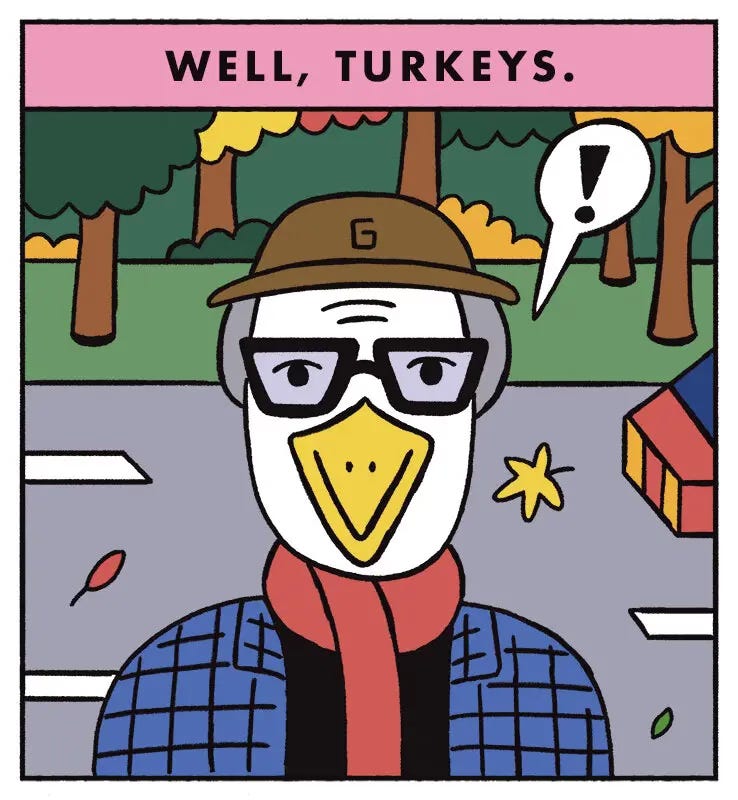
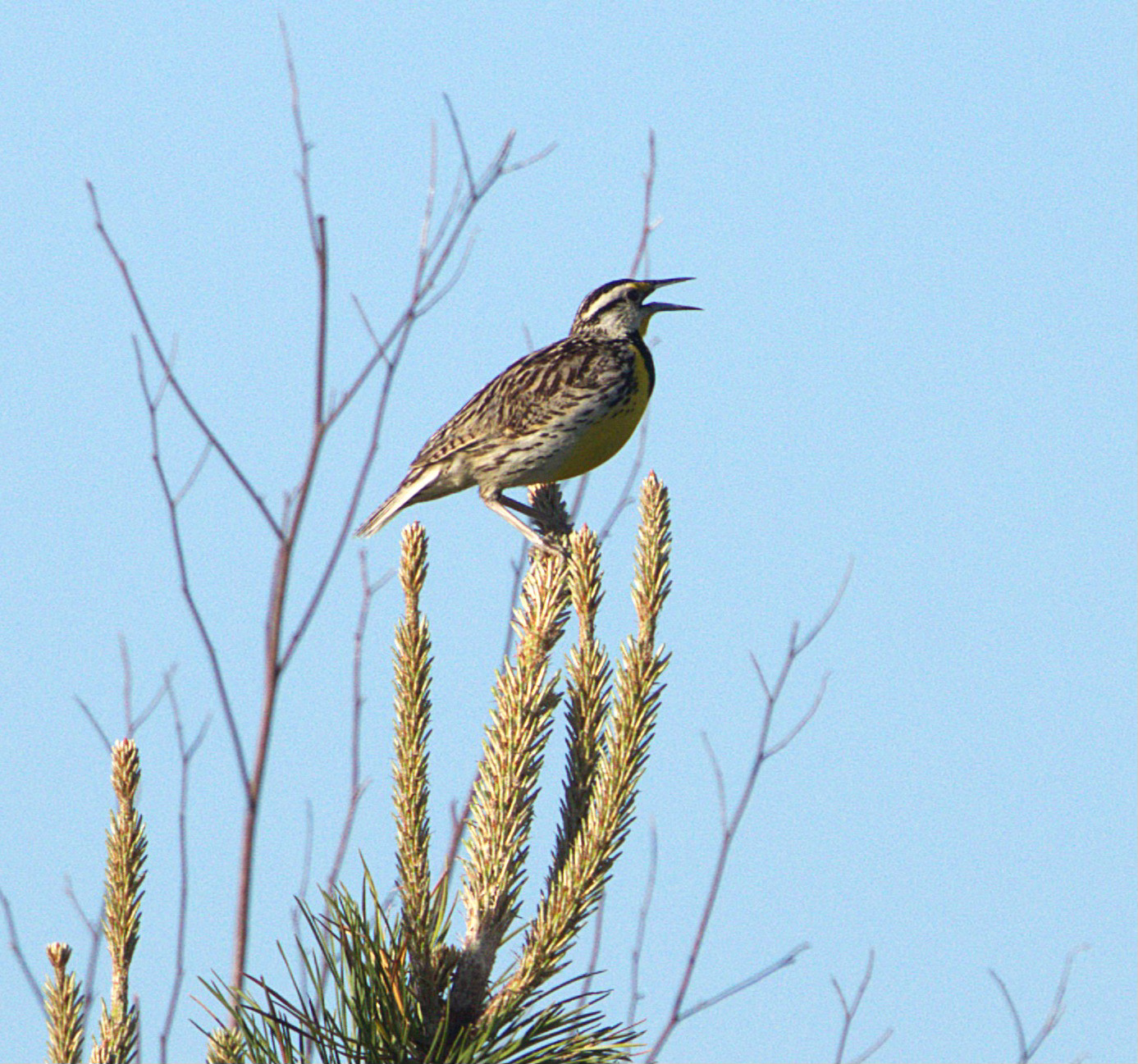
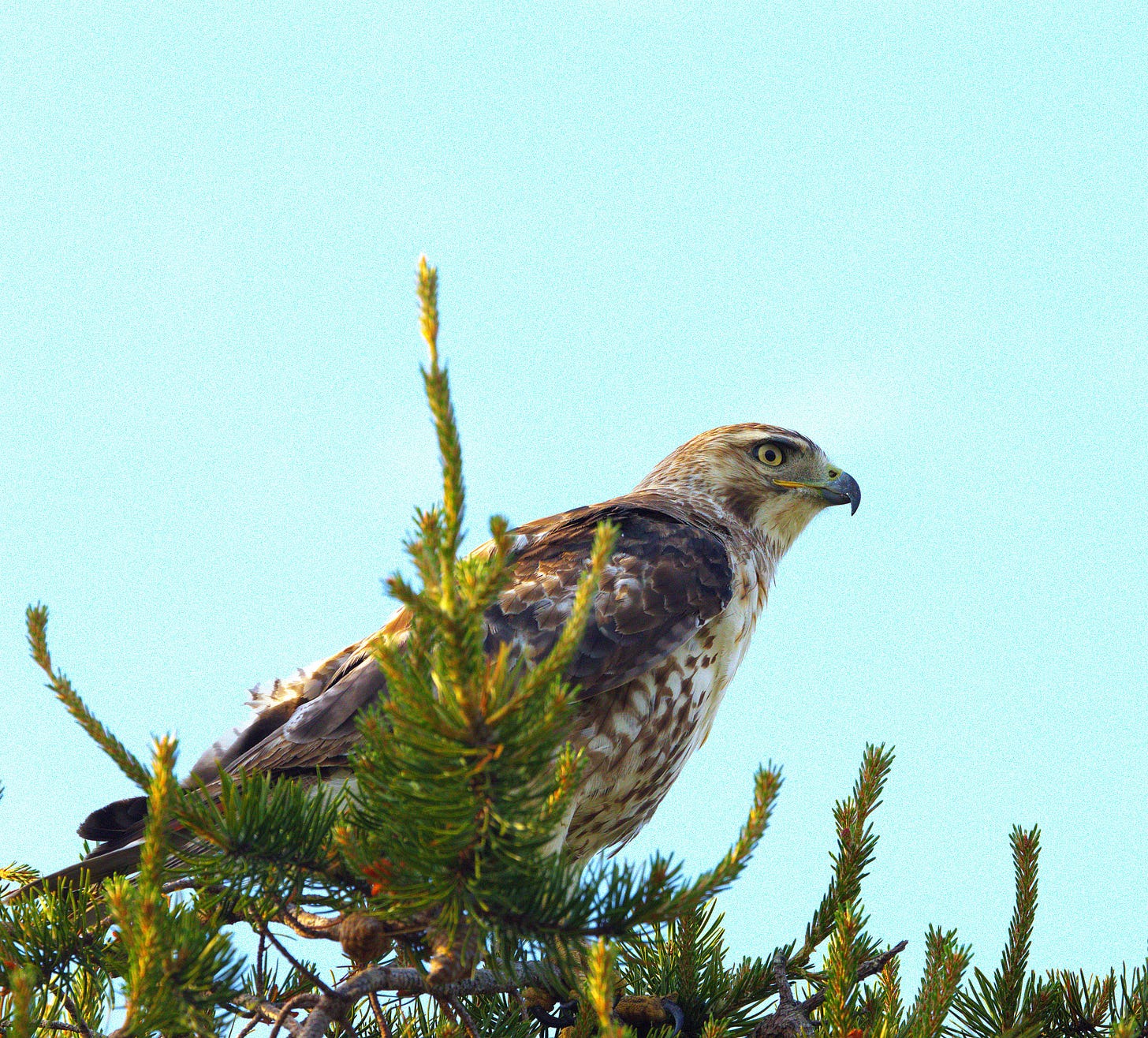
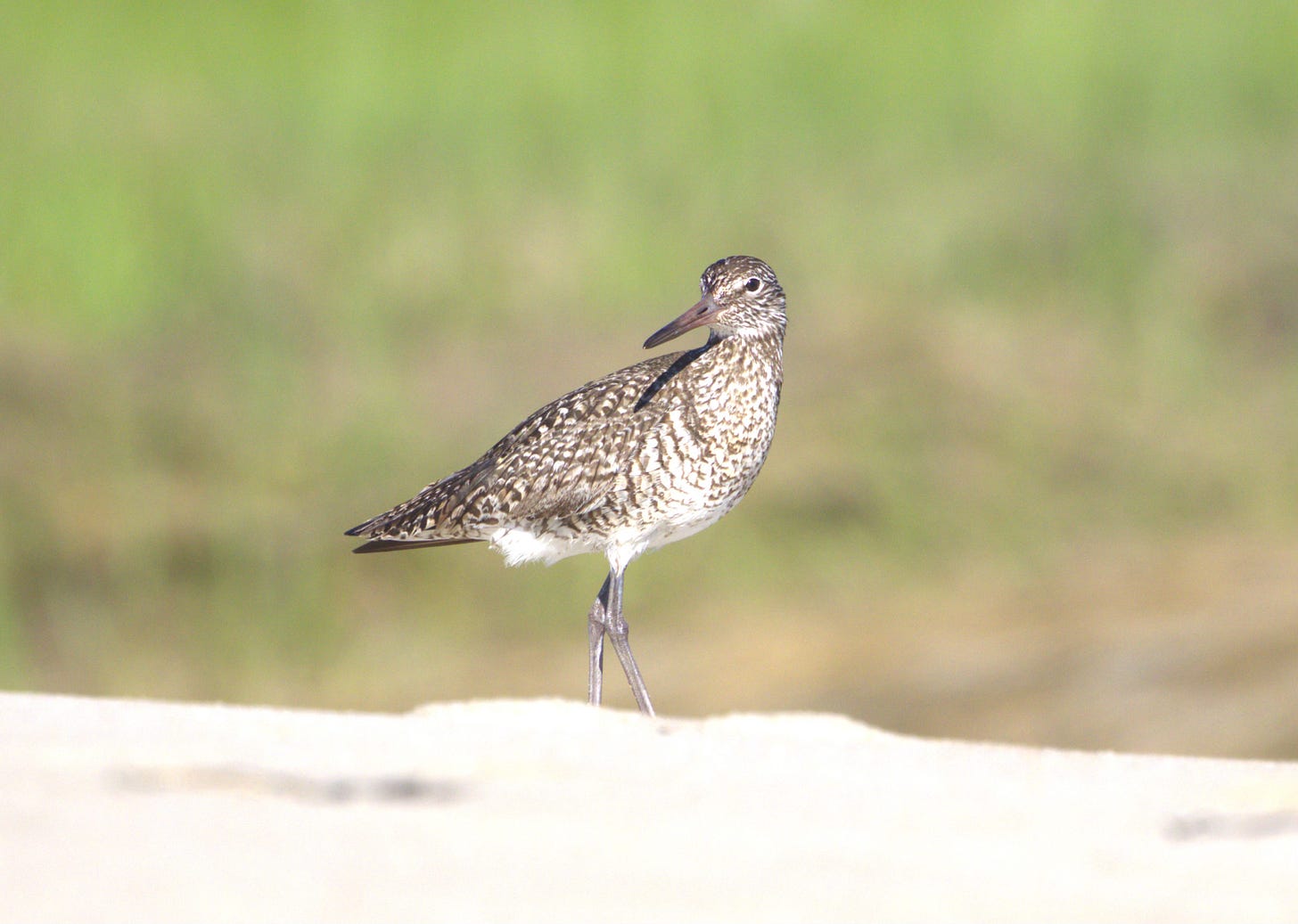
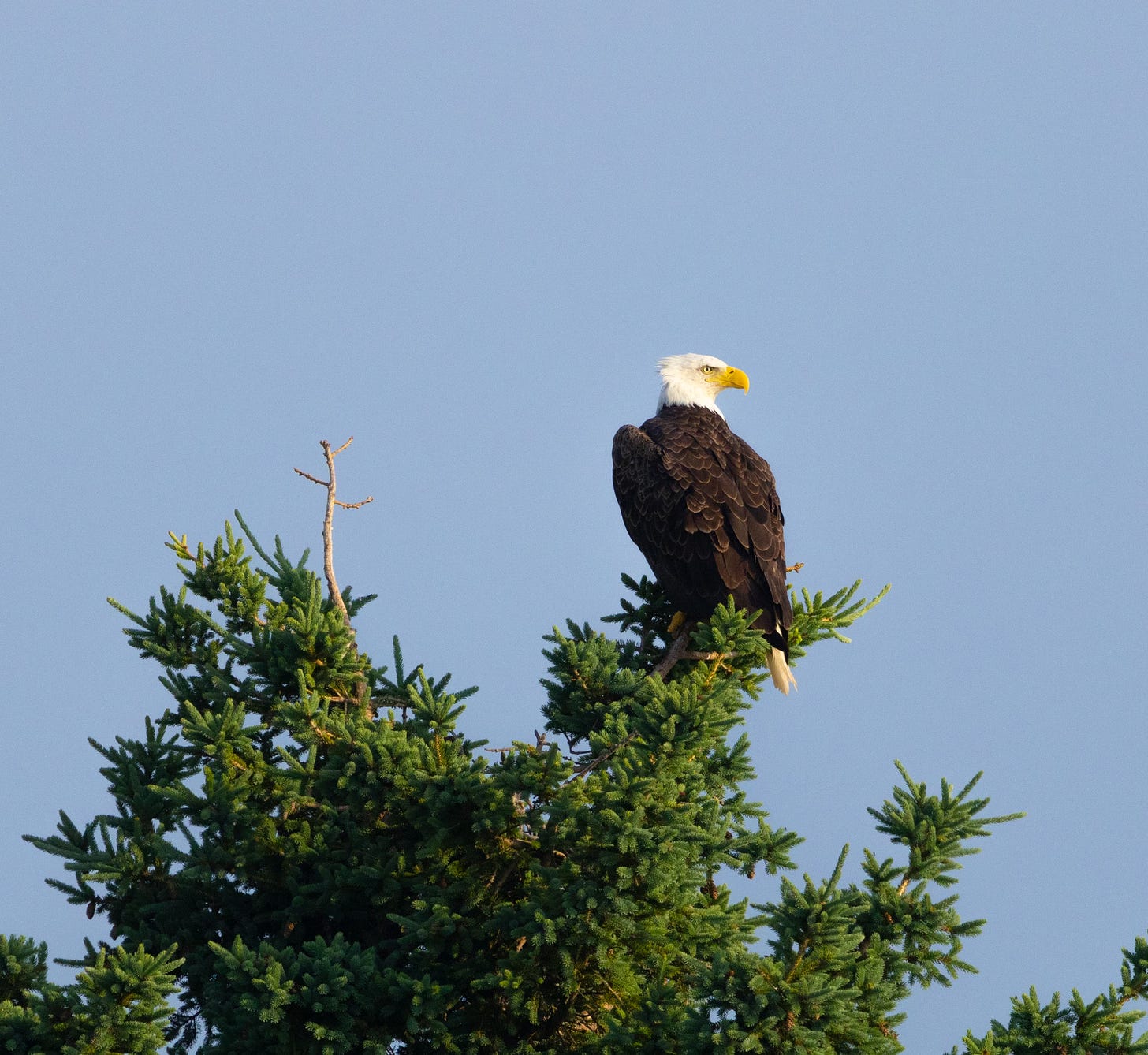

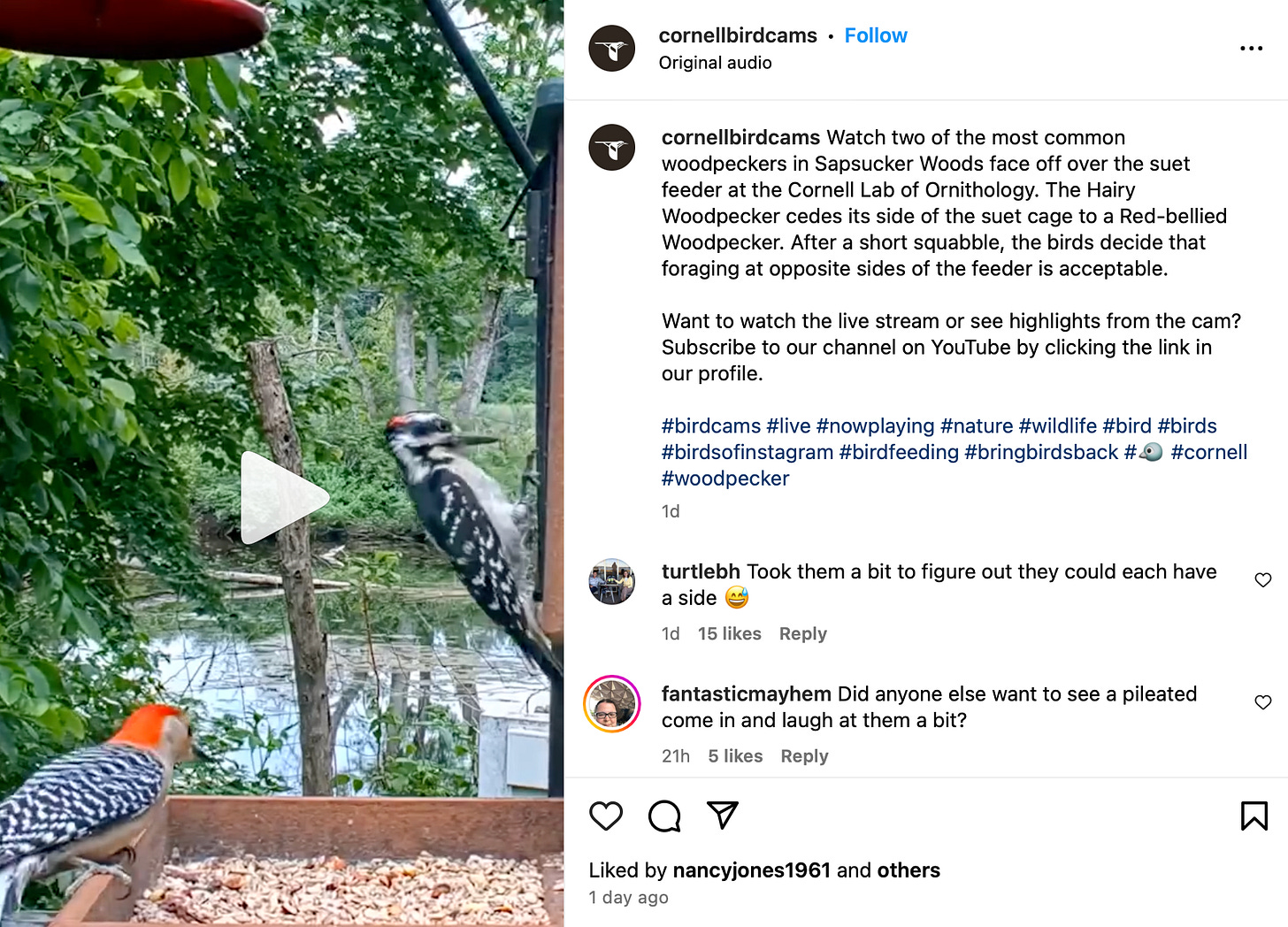
I saw in the most recent Bird news, your coverage of the Chicago incident, the mention of lights and your discussion of ways to feed birds. Events in Chicago, although very rare get tremendous publicity because they happened in an urban area and supports Cornell‘s BirdCast program. however, millions upon millions more birds die because of feeders every year. the best research shows that feeding increases bird mortality in the yard by about 80%. Lights in yards are simply irrelevant. After all, just about everyone, turns off the lights when they go to bed. The bird deaths in backyards can be greatly decreased by two simple actions: one, keep cats inside and two, install bird window collision prevention systems. These are just the systems that Cornell has installed on his facility..
Why Cornell urges Homeowners to turn off the lights at night, which does virtually no good, and does not even mention installing the very systems that it has placed on its own windows, which will save millions of birds, is hard to understand.
In the past, we had thought that the mortality at residences was very low - about two per home for a year. however, the most recent study published in the wilson journal found that is in the range of 8 to 10 birds per year. This means that if one installs a Bird window collision prevention system, over the life of the system, that system will save over 100 birds.
If just 10 homeowners install Bird window collision prevention systems they will save 1000 birds – – as many as were killed at the civic center in Chicago.
if the 30 million or so residences that feed birds installed window collision systems, it would save over 200 million birds a year.
It would be great if you would get the word out that we need to “protect the birds we love to feed.” If we do not, tens of millions of Americans that are feeding birds are actually contributing substantially to the decline in the bird population.
Here is a guide to how to protect against bird window collisions. Btw - A few decals just do not work.
Please let people know about it.
Https://ornithologycenter.com/consumerguide/